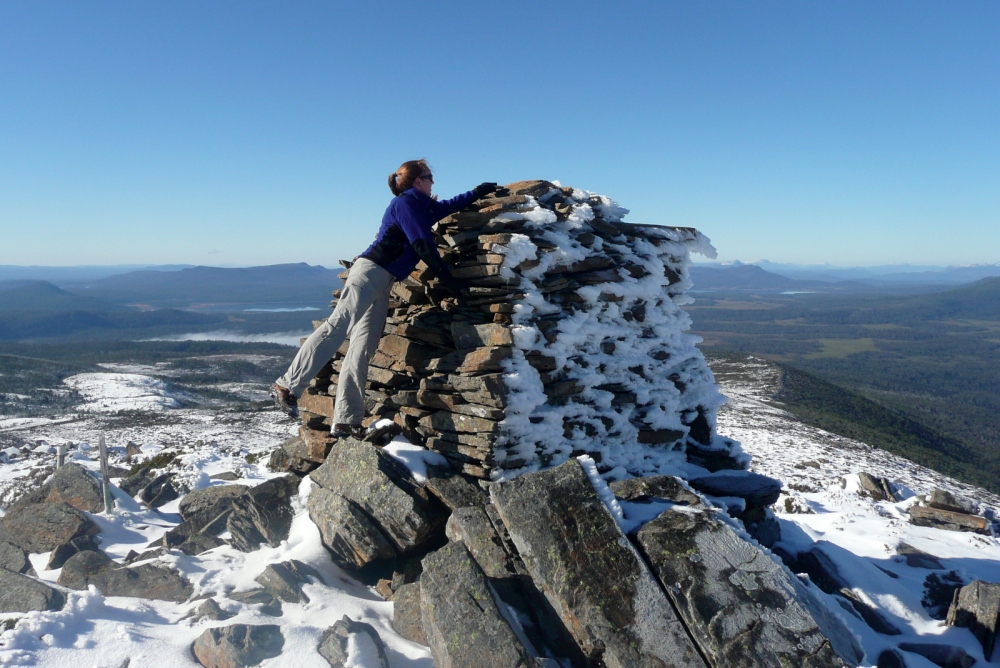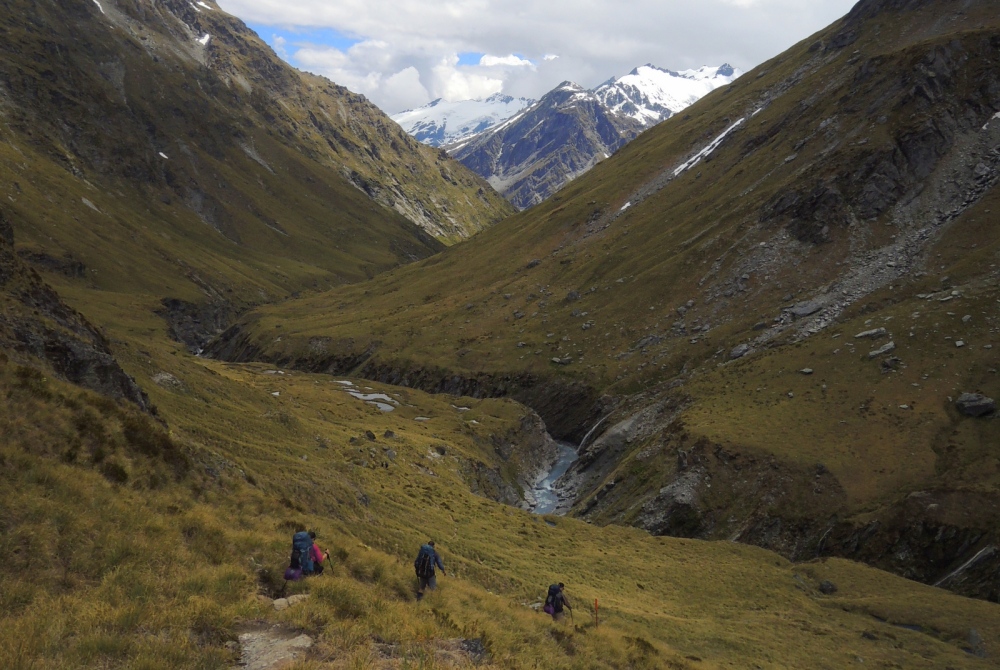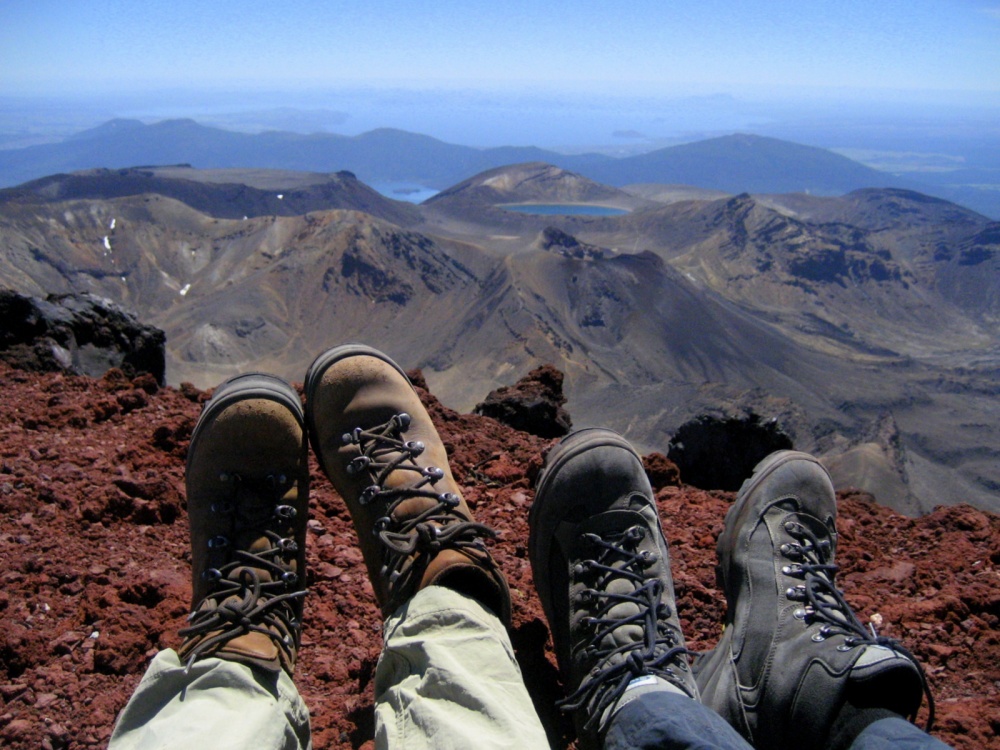
I’m sorry for what I said when I was hangry
hangry (ˈhæŋɡrɪ):
adjective
-grier, -griest
- (humorous) irritable as a result of feeling hungry
It’s a proven scientific fact that hungry people are angrier people. A 21 day study at Ohio State University attempted to find a link between glucose levels and aggressive impulses and behaviours, and found that people with lower glucose levels had higher aggression levels. Hangry made it into the Urban Dictionary way back in 2005 and more recently, Snickers turned hangry into a successful advertising campaign by coining the slogan “You’re not you when you’re hungry”.
I feel I should have starred in one of those Snickers commercials: if hangry had a mascot, surely it would be me. You know how some people get to 3pm in the afternoon and claim that they “forgot” to eat lunch? Or even breakfast AND lunch? That person is never me. My day is constructed around regular eating breaks; I don’t think I’ve lasted more than two hours without having to stuff something in my face. Of course, there are odd occasions when I don’t eat so regularly. For example, I’m a terribly hangry tourist. I am too easily distracted by the romance of getting lost in foreign streets, exploring colourful markets and photographing beautiful buildings and exotic scenes. Suddenly, five hours have passed, I’ve wandered 11 kilometres and I MUST EAT. RIGHT NOW. BEFORE I STAB SOMEONE. IN THE FACE. Unsurprisingly, I’ve chucked more than a few hangry tantrums on the hiking trail as well.








